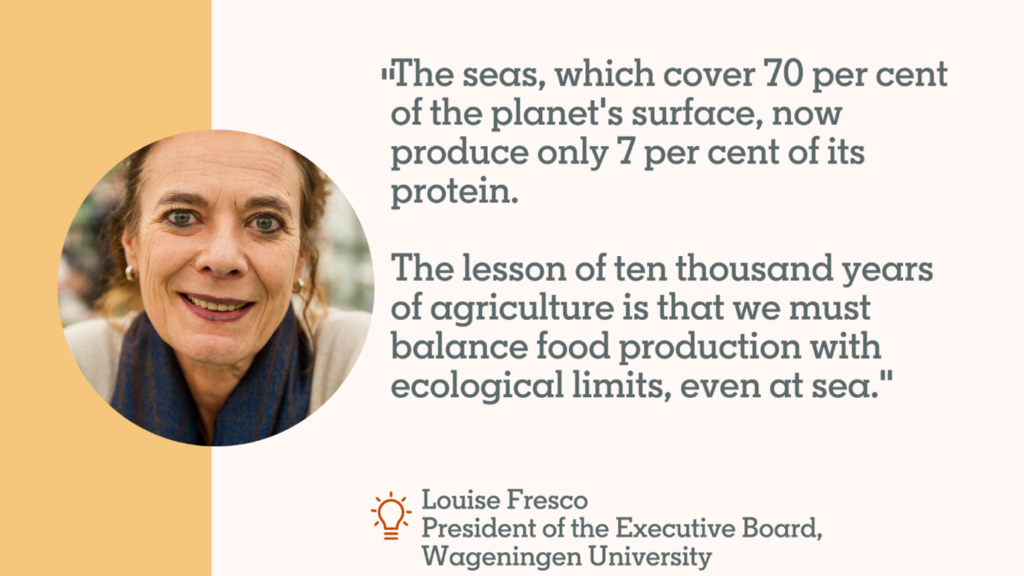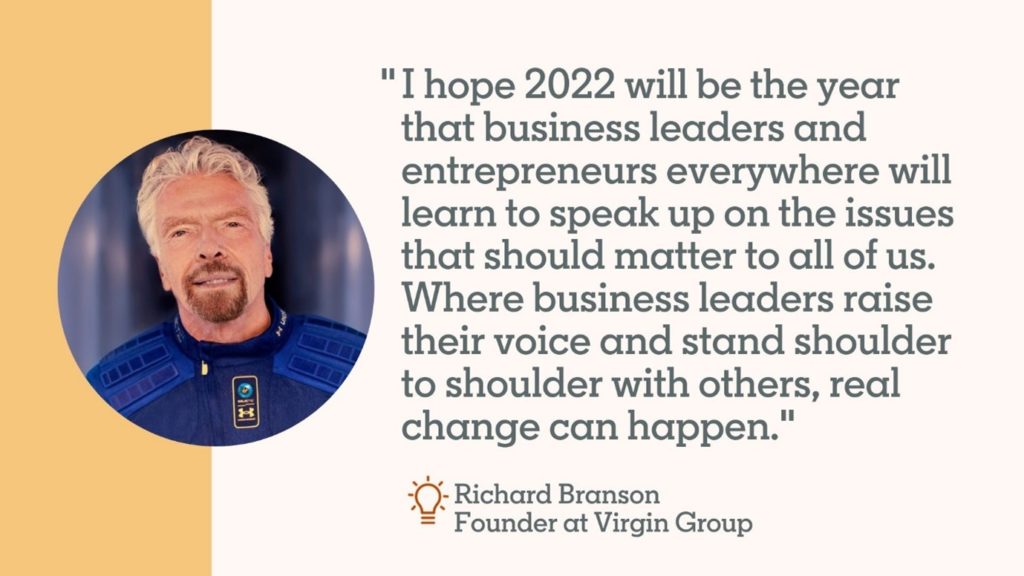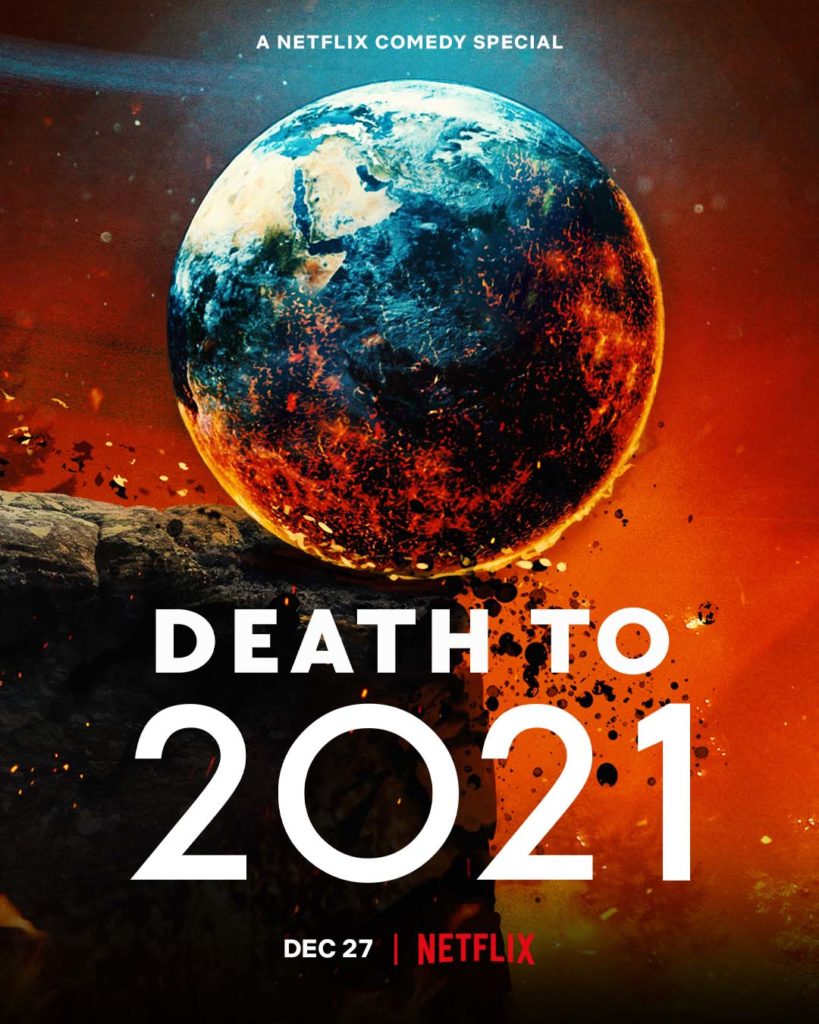
I used to make predictions to start the year. I’m not doing that anymore, as everyone else is doing them. I will add a few thoughts at the end of this week’s series of blog entries but, for the moment, here’s my selection of what’s going to happen in 2022.
Bloomberg's contributors have all written some great articles about what will happen with eight telling charts about financial markets heading into 2022, whilst Jared Dillian suggests merely treading water will be a great success. One big headwind will be consumers slowed down by inflation, the omicron variant, dwindling savings and other troubles.
Stocks blissfully ignored such woes in 2021 although the global economy faces a regime change, the sort of thing that tends to leave heads rolling. At least we may get a respite from ever-rising U.S.-China tensions. China may have its hands full figuring out how to balance commerce and internal politics, even as it keeps cracking down on Hong Kong. They also have some key articles that I will pick up with later this week, including:
- Big Tech will get regulated
- It will be a critical year for the climate
- The euro will have an awkward birthday
- It will be a big year for digital money
Bloomberg also posted, in their cheerful way, a list of the biggest risks for 2022. The include inflation (again) and more lockdowns (again) but, more importantly, central banks raising interest rates, China’s economy seizing up, the EU breaking apart, and worse. I found that one hard to read, so I’m just going to park it here.
LinkedIn asked a bunch of folks for their big ideas. They came up with 22 ideas for 2022. Here’s the list:
The pandemic’s next act will focus on mental health
We’ll enter a golden age for vaccines
Front line employees will enjoy new clout -- at last
The manufacturing hunger games will commence
Our commutes will become easier (or disappear altogether)
NFTs will shake up the mortgage market
Can we print our way out of the housing shortage?
A blue foods revolution is coming
Salary talk will come out of the shadows
We’ll drive on plastic roads
The world will link up its electricity grids
Athletes will flex their muscles over teams and leagues in fresh ways
The four-day work week will become a competitive advantage
The sustainable investing backlash will arrive
Retailers will turn to old — and very new — tactics to win back customers
Our cities will start to run on crypto
Big Tech will try — and fail — to own the metaverse
Employers will adopt inclusive practices to welcome neurodiverse workers
We’ll be cleaning our own hotel rooms
Podcasts will inspire movies
The world’s wealthy will declare self-sovereignty
Successful organisations will cast aside their cynicism
It’s a very interesting curation of views. But then The Economist came up with a slightly different list.
Their 10 trends for 2022 – was 22 too much? – includes:
- Democracy v autocracy – which political model is better: America or China?
- Pandemic to endemic – you won’t be able to avoid Covid but those who are vaxxed will be ok … but what about those who are not?
- Inflation worries – the global supply chain has created inflation … is it a blip?
- The future of work – will be hybrid with working from home and office, but which days do you do which?
- The new techlash – we need to reign in the big tech firms, but how?
- Crypto grows up – the fight between the crypto-blockchain-DeFi crowd, more traditional technology firms and central banks will intensify
- Climate crunch – who cares?
- Travel trouble - half of business travel has disappeared, which is good for the planet, but bad for tourists whose trips are subsidised by high-spending business travellers.
- Space races - 2022 will be the first year in which more people go to space as paying passengers than government employees.
- Political footballs - big sporting events like the Winter Olympics and World Cup are used as political footballs.
Finally, the World Economic Forum believes we are seeing a new trend: the Great Resignation.
The Great Resignation is an idea proposed by Professor Anthony Klotz of Texas A&M University who predicts a large number of people leaving their jobs after the COVID pandemic ends and life returns to normal. A recent in depth analysis by Ian Cook and his team of more than 9 million employee records at 4,000 global companies revealed two trends:
- Resignation rates are highest among mid-career employees
- Resignation rates are highest in the technology and healthcare industries
At the onset of the pandemic, the job market was full of uncertainty and mass layoffs: millions of people lost their jobs, and those lucky enough to remain employed remained put in their roles for survival. However, as we now turn towards recovery, workers in privileged positions who don’t live paycheck-to-paycheck are finally moving on.
My own interpretation of all of these views is that yes, it’s pretty obvious inflation will rise and so will bank interest rates; it’s pretty obvious that the tensions within the EU and between China and America will continue; oh, and yes, the pandemic will still be around … but luckily, on that last point, downgraded.
And Bill Gates agrees ...
Let’s hope that Bill and the scientists are right as at least they have more tests and certainties than the economists. Meanwhile ...
Chris M Skinner
Chris Skinner is best known as an independent commentator on the financial markets through his blog, TheFinanser.com, as author of the bestselling book Digital Bank, and Chair of the European networking forum the Financial Services Club. He has been voted one of the most influential people in banking by The Financial Brand (as well as one of the best blogs), a FinTech Titan (Next Bank), one of the Fintech Leaders you need to follow (City AM, Deluxe and Jax Finance), as well as one of the Top 40 most influential people in financial technology by the Wall Street Journal's Financial News. To learn more click here...






